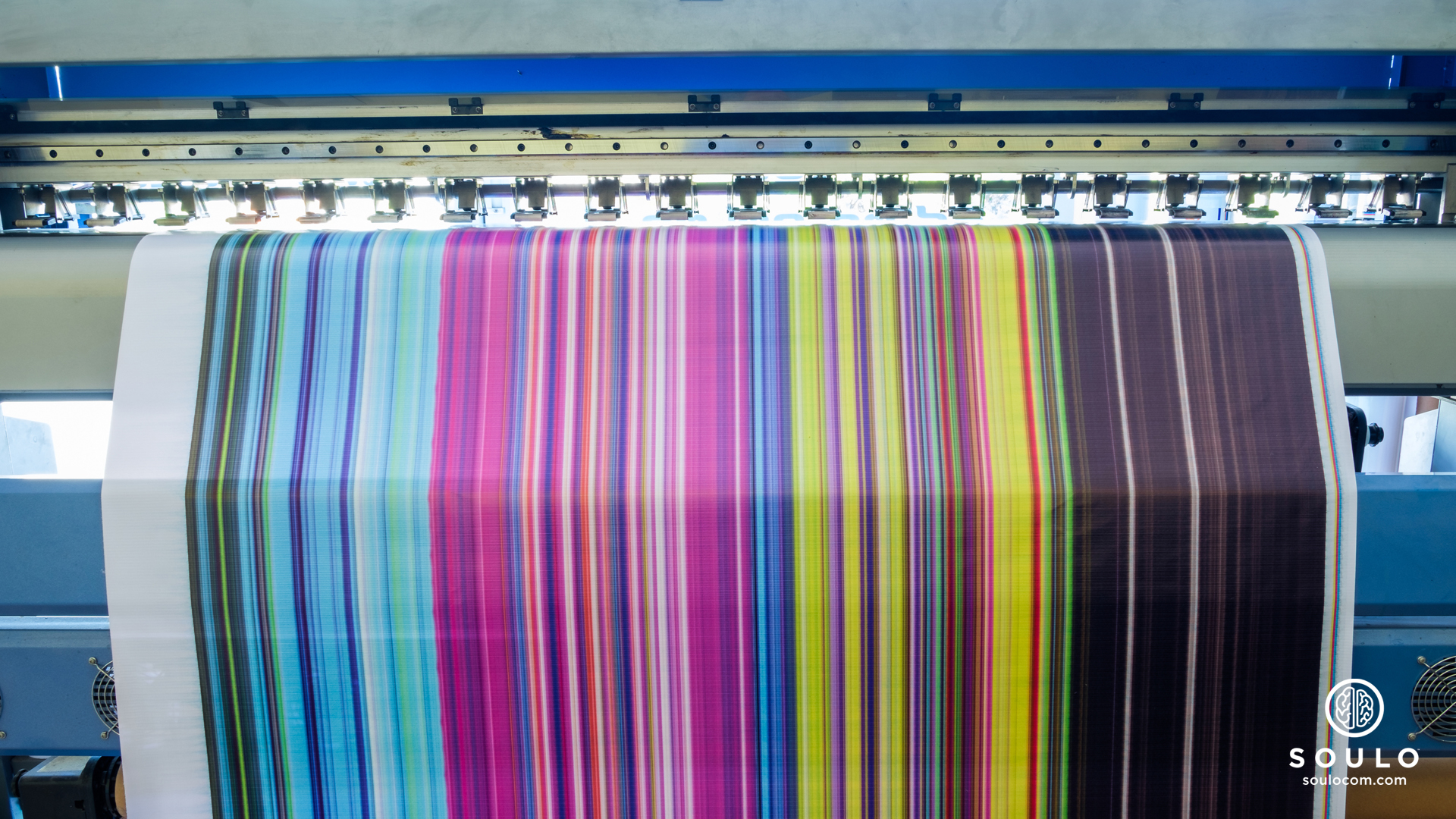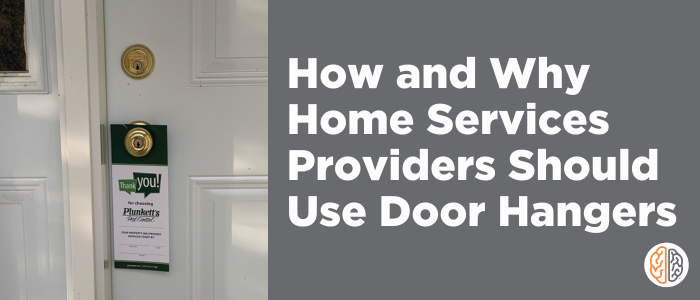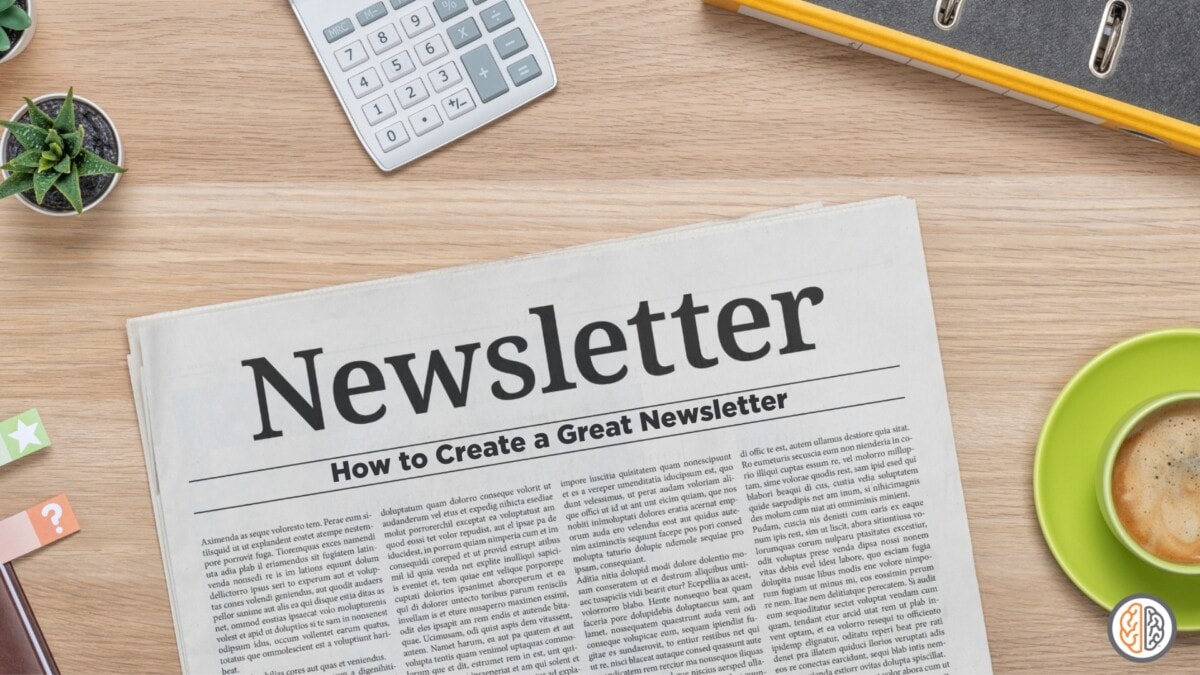Running a business in the Twin Cities area means juggling many responsibilities, from product development and customer relationships to marketing and branding. Among these tasks, printing is a key element of most local companies’ marketing strategy. Businesses of all sizes rely on printed materials like brochures, business cards, and direct mailers to connect with customers.
Yet, with so many printing methods available—particularly digital and offset printing—choosing the right solution can feel complex. In this guide, we’ll dive into the benefits, cost considerations, and sustainability factors of various printing methods, shedding light on how to select the best approach for your needs and goals.
Understanding Digital Printing
Digital printing offers a fast, cost-effective way to produce high-quality materials for small to moderate print runs. Because it doesn't require creating printing plates, digital printing allows business owners to make edits or updates quickly and easily. This flexibility is especially valuable for time-sensitive projects or when you need to experiment with different designs.
Many small- and medium-sized businesses in the Twin Cities gravitate toward digital printing due to its lower initial cost. Since you can print on demand, you avoid the potential waste of ordering large quantities of materials you might not need. Beyond cost efficiency, digital printing’s color fidelity is often impressive, and newer digital presses offer near-offset-quality results.
According to a market forecast by Smithers, the digital printing industry continues to experience growth as technological advancements enhance quality and speed. This evolution in technology makes digital printing a compelling option for many local businesses looking to keep up with current design trends without sacrificing their budget.
Exploring Offset Printing
Offset printing, a more traditional method, has long been the gold standard for large-scale print runs and projects demanding the highest image quality. In offset printing, ink is transferred from a plate to a rubber blanket, then onto the paper.
The setup process is more involved compared to digital printing, which often means higher initial costs. However, once the press is running, the cost per unit often drops significantly, making offset a smart financial choice for producing large quantities of materials.
Color accuracy is another significant benefit. Because offset presses use Pantone® color matching and specialized inks, businesses can trust that their branding elements—like logos and color palettes—will print consistently. This consistency is crucial for companies that place a high premium on brand identity and uniformity, such as large franchises or organizations with multiple locations.
While this method typically requires a greater initial investment, the payoff becomes evident when printing high volumes. For example, major direct mail campaigns or substantial quantities of brochures can benefit from the lower cost per piece once you move beyond smaller print runs.
Balancing Cost Considerations
Budget plays a substantial role in decision-making for most local businesses. In general, digital printing wins for shorter print runs thanks to minimal setup requirements. Offset printing, on the other hand, starts to shine when producing higher quantities, as the cost per unit can become very competitive.
Map out your project timeline and potential reorder expectations. If you only need a small batch of flyers for an event that takes place once, digital printing can help you avoid unnecessary spending. However, if you anticipate ongoing usage of a piece, like a sales brochure that remains relevant year-round, offset might be more economical in the long run, provided you print in volume.
To find the right balance, consider getting quotes for both methods based on projected needs. At SOULO, we also recommend reviewing variables like paper stock, finish, and possible reorders.
Embracing Sustainability
As environmental awareness continues to expand, the printing industry has taken steps to reduce its ecological footprint. Many Twin Cities businesses now look at their print materials through the lens of sustainability, seeking eco-friendly inks, recycled or responsibly sourced paper, and processes that minimize waste.
Digital printing’s on-demand nature reduces the chance of overproduction, which, in turn, limits paper waste. Meanwhile, offset printing can be made more sustainable by using soy-based inks or recycled paper. Engaging in these mindful practices helps the planet and resonates with environmentally conscious customers.
According to Two Sides, 94% of consumers believe that print and paper can be a sustainable way to communicate when responsibly managed. Factoring in sustainability broadens your company’s environmental commitment and shapes a positive brand image in an increasingly eco-focused marketplace.
Matching the Right Printing Method to Your Goals
Determining the best printing approach involves aligning each method’s benefits with your brand’s specific objectives and constraints:
- If your project needs fast turnaround, variable data, or smaller quantities, digital printing may be the most cost-effective and time-efficient choice.
- If you plan on large print runs and require spot-on color consistency, offset printing might offer greater value over time.
Ultimately, factors such as budget, print quantity, desired quality, and design flexibility all guide the decision-making process. If you’re unsure where to begin, speak with a knowledgeable printing professional or creative marketing team that can tailor your approach to your business’s unique situation.
Building Local Presence Through Trusted Partnerships
For Twin Cities businesses, maintaining an authentic local presence can be the difference-maker in standing out from competitors. Establishing a relationship with a reputable printing partner enables more collaborative efforts, from paper stock recommendations to scheduling. Experienced local printers often offer insight into metropolitan consumer trends, brand design elements, and marketing tactics that resonate with people in the area.
Working with a trusted neighboring print provider also streamlines logistics; you can get proofs and samples faster, refine your materials with fewer delays, and pick up print orders promptly. This level of convenience can be particularly beneficial when you have last-minute events, trade shows, or product launches.
Charting a New Course Forward
Navigating your printing options in the Twin Cities doesn’t have to be complicated. By assessing the scope of each project, comparing digital and offset methods, and looking at your environmental commitments, local businesses can make well-informed decisions that bolster brand reputation and attract more customers.
Ready to take the next step toward printing success? At SOULO, we’re dedicated to helping businesses of all sizes find the right solution for their specific marketing materials. If you’d like personalized guidance or have questions about your current printing strategy, get in touch with our team.
SOULO is a full-service marketing and communications agency that helps client partners get the most from their projects through signage, printing, and digital marketing. Ready to get started? Contact us today!






